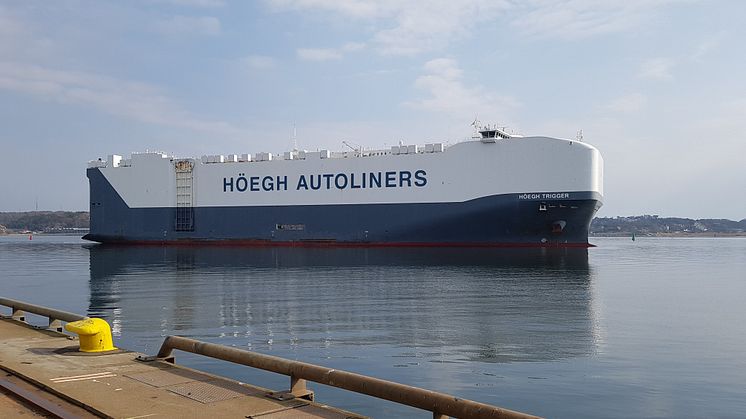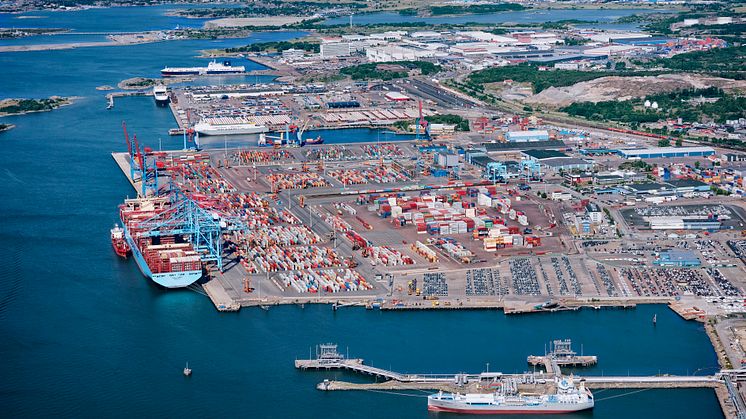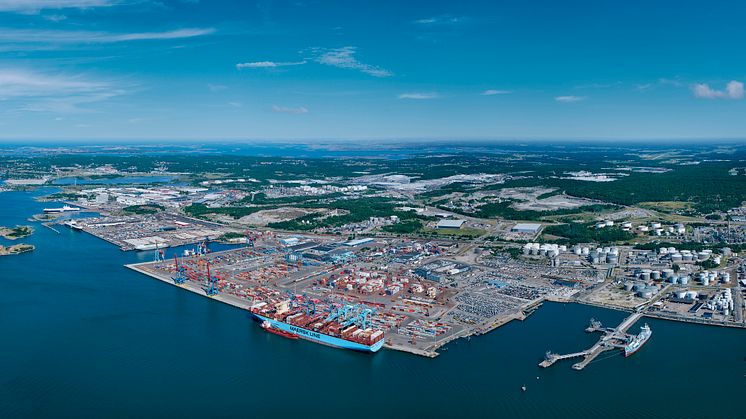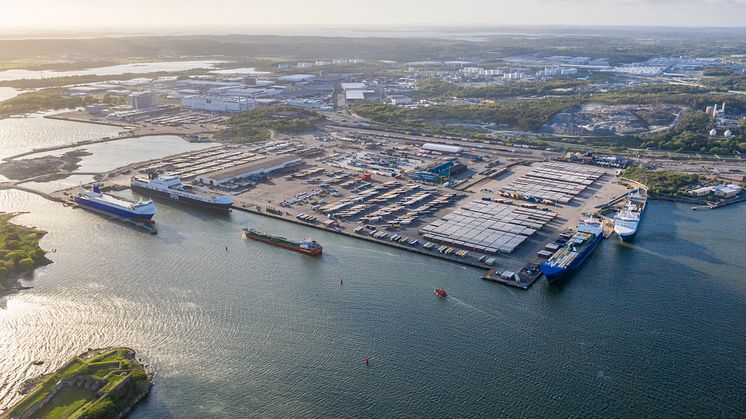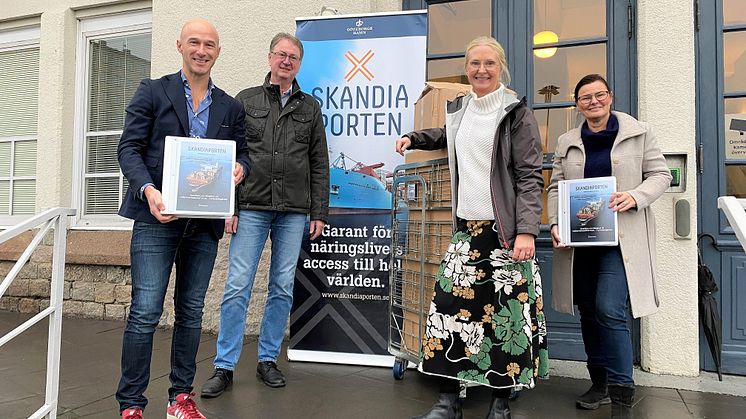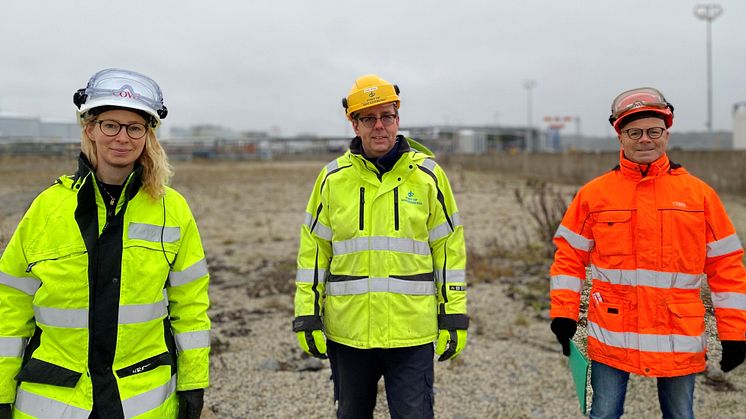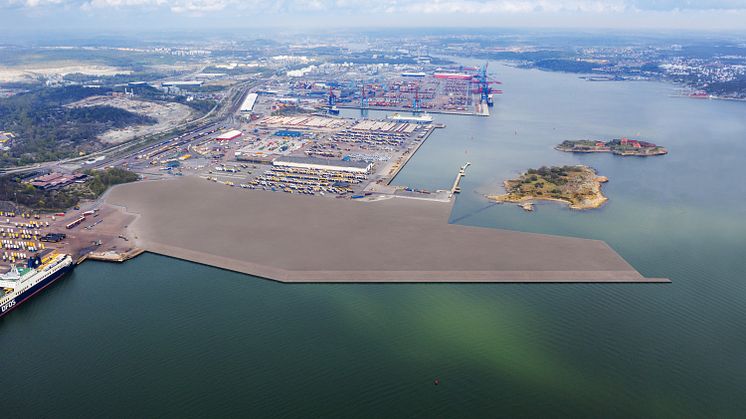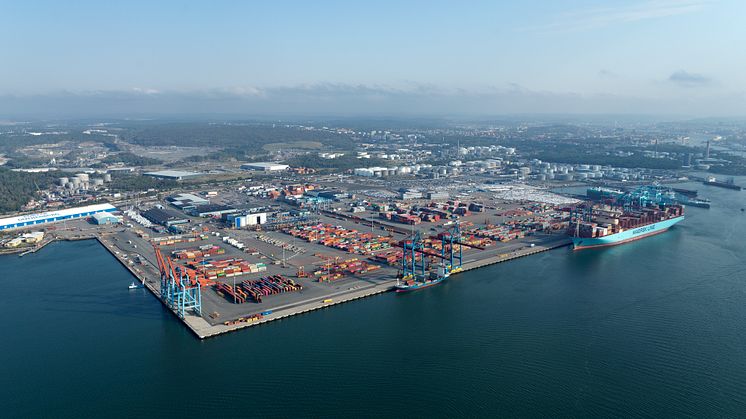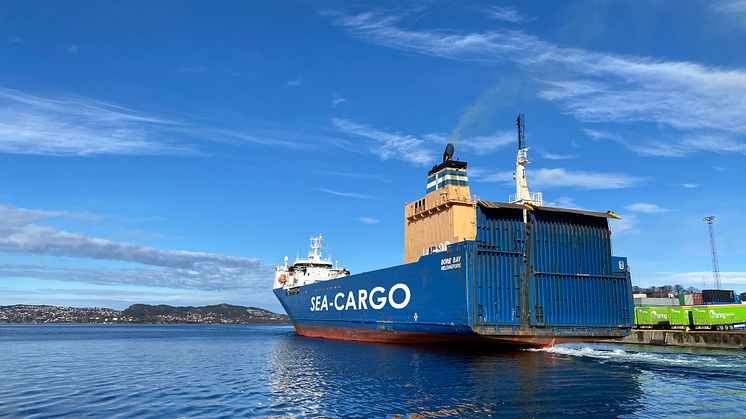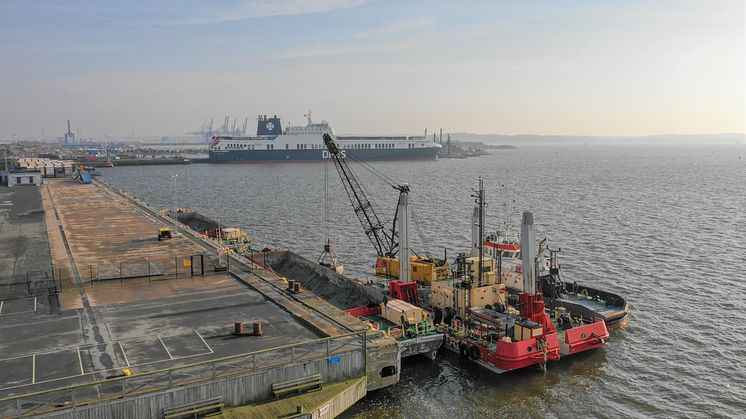
Welcome to a digital press conference on the role of the Port of Gothenburg for Sweden's foreign trade.
On Friday 19 March, Minister of Trade and Industry Ibrahim Baylan - together with high profile representatives of global shipping companies and product owners in Sweden - are set to participate in a meeting organized by the Port of Gothenburg. The purpose is to discuss what investments are required in the port and in the Swedish logistics system to strengthen Swedish competitiveness.
